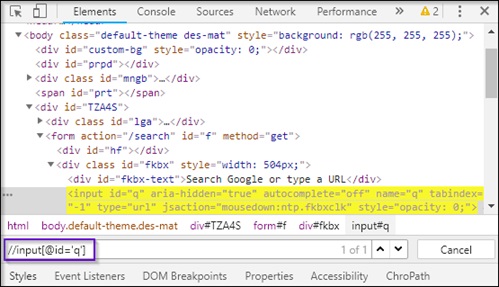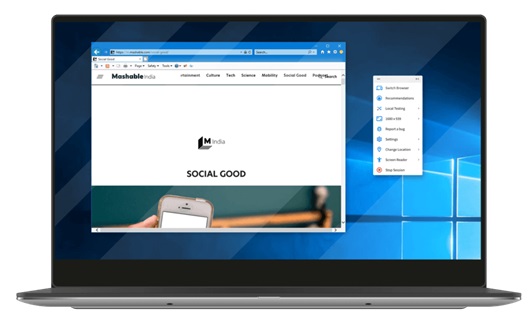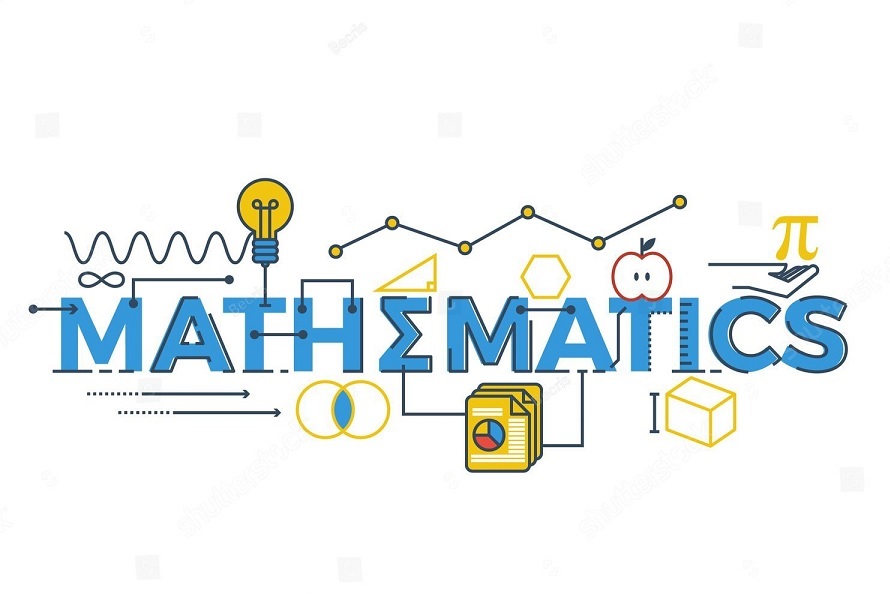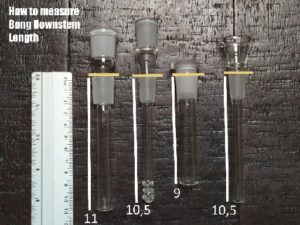The Internet of Things has made a revolution in recent times. It has been connecting and integrating billions of devices worldwide, and it reshapes every aspect of our lives. As you can guess, IoT embedded systems are the driving force behind the change. And while embedded systems can do anything, they can’t do everything – the power is one of significant vulnerabilities. The vast majority of embedded system solution have limited power sources: their batteries, and some of them don’t have ones at all. That’s why power management in IoT embedded systems is a must. Otherwise, the product’s battery life will be shorter, and the costs of its maintenance will rise. Additionally, the previously mentioned failures can occur. Here we’ll discuss the power management best practices in the IoT field and help you make your devices efficient and convenient to use.
1. Understand Your Power Requirements
Understanding your system’s power needs is the groundwork to managing power intelligently. You must analyze your system’s power intake thoroughly, including each component’s microcontrollers, sensors, wireless modules, and peripherals. To do so, you need to measure with specific tools such as power profilers, current monitors, and energy estimation software. After you have collected accurate measurements for your system’s energy intake on different conditions, you will get a clear picture of the power requirement . This enhances your ability to identify which components consume the most power so that you can focus your power savings strategies. By so doing, you will make informed decisions to select different hardware, optimize software or tweak the architecture in ways that will result in maximum power efficiency while still delivering the capabilities and performance your system requires.
2. Choose Low-Power Hardware
The first instrument and perhaps the most important strategy is judiciously selecting hardware components optimized for low-power operation. Start by selecting microcontrollers with advanced sleep modes, which allow for large power savings during idle. Use peripherals explicitly designed with power efficiency in mind, including low-power sensors and displays . Other strategies include wireless protocols like Bluetooth Low Energy or ZigBee due to their minimal energy consumption. Power management ICs able to regulate voltage levels or allowing the system to rapidly transition between power states may also be beneficial . This comprehensive approach to low-power hardware selection results in fewer energy losses, longer battery life, and ultimately lower operating costs.
3. Implement Power-Saving Modes
Modern microcontrollers and SoCs provide power-saving modes that can be a powerful tool for cutting down energy consumption. From light sleep to deep hibernation, these modes shut down the non-essential components and clock domains when the system is idling, or the activity is minimal. Use them wisely; strike a perfect balance between saving and reserve power. Ensure your system is capable of waking up rapidly, and there is no latency . However, ensure your mission-critical peripherals do not shut down since this may disrupt essential functions. Proper power mode management can result in outstanding power savings while maintaining high performance and reliability.
4. Optimize Software for Power Efficiency
The aforementioned examples demonstrate that software optimization can significantly contribute to further power savings in advanced embedded systems. Inefficient code can become energy-hungry as it boosts CPU utilization, leading to memory accesses and, therefore, the active run time. To reduce expense, please optimize your code base and reduce computational complexity through the above algorithm enhancements and refactoring the most extensive routines. To free up memory, utilize efficient data structures and reduce as many allocations as possible. Implement a pathway of least privilege to eliminate superfluous operations and constantly compare and replicate the power aspect of your program. This approach is one of three legs of the power management “stool” in advanced embedded system, which boosts coordinated power management and allows clients to save avoidable energy.
5. Duty Cycle Your Components
Intelligent duty cycling of components is a viable way to save energy. Since sensors and wireless communication modules are often idle for a while, energy is not consumed, thereby reducing energy costs. Scheduling and triggers allow you to focus on the workload, and the components reboot dynamically only when the need data acquisitions or transmission . This implementation has the most portent effect on battery-powered devices, increasing their service life between recharges or replacements. Compatible with your power management strategies, reboot decisions allow components to switch rapidly between active and low-power usage while maintaining response and data reliability. Duty cycling can save considerable energy while being functional.
6. Leverage Energy-Efficient Communication Protocols
Finally, optimizing wireless communication is essential to achieving the minimum power consumption in your IoT system. Major energy consumers, such as traditional protocols including Wi-Fi and cellular networks, tend to be energy consuming and quickly exhaust battery reserves. Rather than sticking to these traditional protocols, choose innovative protocols specifically developed to operate with ultra-low-power thresholds, including Bluetooth Low Energy , ZigBee, among others: they implement more advanced mechanisms, such as reduced duty cycling, data compression, and more energy-efficient modulation techniques, significantly reducing power consumption during communication. Carefully analyze your system’s connectivity needs and distance limitations to identify the most appropriate low-power protocols. Strategic selection of protocols, as well as hardware and software optimization, help create an added-value ecosystem that saves your deployment’s energy.
7. Implement Power-Aware Scheduling
Power saving scheduler in a multitasking system may assist in setting a plan by choosing the task for its power requirement and execution priority. This process may be implemented by documents that would adjust the clock frequencies, the voltage levels and the job priorities on-the-fly (the goal is to minimize power loss without sacrificing real time constraints.
8. Monitor and Optimize Power Consumption
Therefore, as the operation time advances, periodic evaluation and adjustment of power usage is imperative in order now to maintain maximally efficient operation. Use existing current sensing or voltage monitoring methods to measure power usage patterns alongside the symptoms of the diseases. Caution regarding any significant differences located.
9. Leverage Energy Harvesting Techniques
Among the electricity sources that are sparsely available or intermittent emanating power scavenging methods is a sustainable option. Such processes harness and change different surroundings sources like the heat, kinetic and solar powers into power. By merging energy harvesting with your system’s design, you can mitigate power usage by using batteries or the mains , and thus increase the system’s life span and ecological sustainability.
10. Design for Maintenance and Upgradability
Although power management strategies are perceived to be appropriate to the beginning design, they cannot be restricted therein. Take into account when designing your system maintenance or upgrading requirements matters including if the components must be replaced or there is a need for firmware update and software optimizations for the time of the whole system’s existence. This method is such which enables the ability of change of your power management strategies to be anything that comes and changes or if there is an upgraded technology.
Conclusion
It is imperative that power management is done properly for the IoT embedded systems to be successful. This comes in with pcb auto routing and it ensures reliable operation, a longer operating time and, in the end, cost-effective maintenance. Ineffective implementation of these energy efficiency practices can lead to lower quality networks, increased productivity fluctuations, and unreliability in general.




















